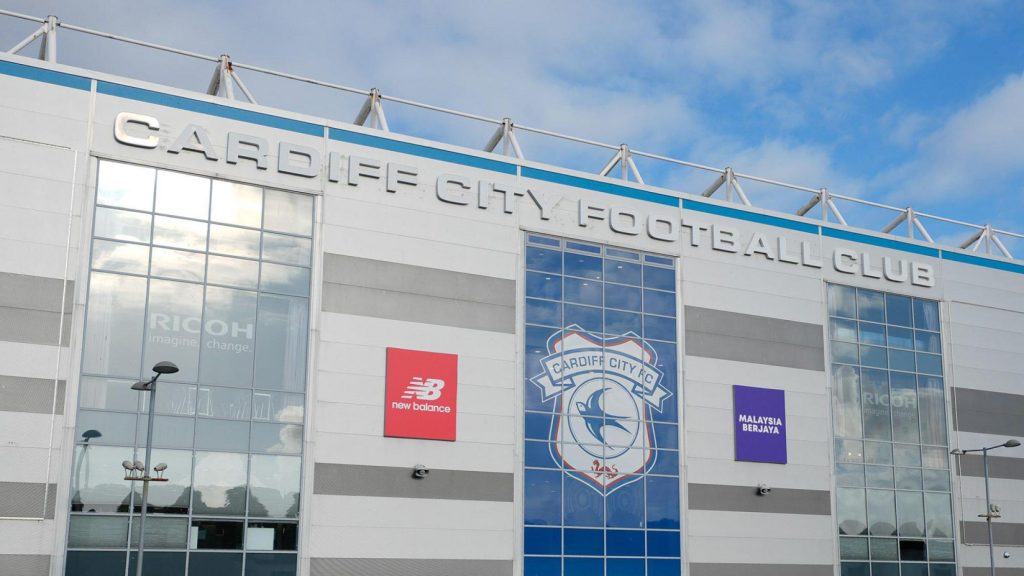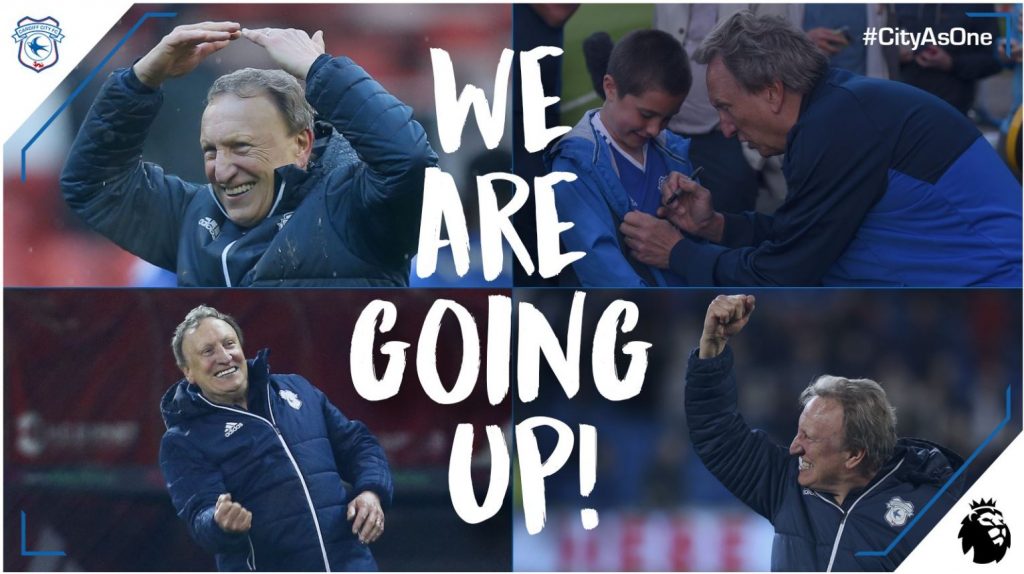Another month, another manager. But while the Bluebirds get ready to welcome another new face to the hotseat, the problems he will face are all too familiar
CARDIFF City’s third manager of the season will be inheriting a situation all too familiar to his predecessors – crisis.
The team are struggling for goals, lacking confidence and under serious threat of relegation, while there is growing anger from the fans over a situation the club finds itself in yet again.
The Cardiffian takes a look at three things which need to change for the next Bluebirds boss to break the cycle of short-term failures.

Credit: Cardiff City FC
Goals
Cardiff’s most pressing short-term issue is scoring goals.
They are the worst in the Championship at this, finding the net just 21 times this season and continuing a worrying trend.
Although alarm bells aren’t ringing defensively, with the team conceding no more than the league average, a lack of cutting edge has left the Bluebirds struggling to get through tight games.
Saturday’s 96th minute hammer blow was testament to this.
With 60% possession and only two shots on target, they looked far from prolific against a poor Wigan side who are bottom of the league and leaking goals.
Finally finding what they thought was the winner in the 82nd minute, City sat back when they should have gone for the jugular.
This allowed Wigan to launch their first serious attacks of the game, resulting in a sickening late equaliser and spelling the end for inexperienced manager Mark Hudson.
Dropping points has been an all too familiar feeling for City fans this season, suffering three losses after scoring first, the joint-most in the league.
And 15 of them have been lost from winning positions overall, which would have put the team firmly in the play-offs had they held on in these matches.
To state the obvious, goals will win these sorts of games for the next manager, especially if he can build on the team’s fairly strong defence.
Whoever comes in will be given the task of getting the best out of main threat Callum Robinson and young but currently un-prolific talents like Kion Etete and Isaak Davies.
Failing this, the club which has never adequately replaced their most recent out-and-out goalscorer Kieffer Moore may have to look to the transfer market.
This brings us on to the next issue which needs fixing.
A lack of football people at the top
For a long time there has been a gap in footballing knowledge at the top of the club.
In the age of the sporting director/ director of football/ technical director or however you may want to phrase it, the club has stood still.

Credit: WalesOnline
With Vincent Tan’s ownership entering its 13th year, the structure at the summit very much resembles that of his first.
Tan at the top, with a chairman, Mehmet Dalman, and a CEO, Ken Choo, operating below.
Neither of the men below Tan and responsible for running the club on the day-to-day are what you might call football people.
Dalman’s background is in investment banking with Choo’s in the world of luxury car dealing.
This gap in genuine knowledge of the game at the top of the club is glaring.
Of the nine permanent managers Tan has appointed, only two have delivered real success on the pitch – Malky Mackay and Neil Warnock – with neither of them leaving much of a positive legacy.

Twitter: @cardifcityfc
While the Cardiff City owner has failed to get with the times, arguably-smaller clubs have made strides with their informed and inovative approaches.
The likes of Brighton and Brentford have had huge success during Tan’s tenure as they have reached and established themselves as Premier League forces.
They have also been credited for their transfer dealings, often buying hidden gems and moving them on for much higher fees.
Marc Cucurella, who the Seagulls signed for around £18 million, was sold for £65 million a year later. While the Bees’ recruitment policy has seen them move the likes of Saïd Benrahma and Ollie Watkins on for similarly healthy profits.
Their managerial appointments have been spot on too. Graham Potter had success on the South Coast before leaving for Chelsea and his replacement is having a similar experience.
While Thomas Frank arrived in West London as an unknown prospect from Danish football, initially as an assistant before taking the top job in 2018.

Credit: Brighton and Hove Albion
Both clubs operate with technical directors who are largely responsible for the transfer of players, which leaves the head coach with more time on the training pitch.
They also often advise in the search for a new boss.
For these reasons it is important that the person in this position has a history in football and therefore an understanding of the game and the transfer market.
Brighton’s David Weir had a 20-year career in the game as a player, turning out for the likes of Everton and Rangers, before entering coaching and later recruitment.
Meanwhile, Brentford’s Lee Dykes has been involved in the coaching and recruitment side of things for the previous 15 years at the Bees and a host of EFL clubs.
Putting in place a technical director of similar knowledge and experience could see the Bluebirds avoid making the same mistakes of years gone by when it comes to transfers and managerial appointments.
If City are to break out of this cycle they must appoint someone in the mid-term, ideally before the summer window where a new technical director could make their mark.
This takes us on to the final long-term issue facing the next gaffer.
A lack of vision and identity
Having football knowledge and leadership at the top of a club working towards an end goal or plan also helps to grow an identity – something severely lacking at Cardiff City.
Over the next six to 18 months, perhaps through a combination of the appointment of a manager with a clear style and a sporting director with a vision to complement this, an identity needs to be built. Thus undoing the cycle where the Bluebirds lurch from one short term fix to another.
The move from the direct football of Neil Warnock’s experienced lieutenants to the attempt at a passing style by Neil Harris, before reverting back to type under Mick McCarthy epitomised this cycle.
While when it came to Mark Hudson, it was difficult to even put a finger on what he represented, almost serving none of the above.
The foundations of an identity going forward are most likely to be found in the work of Steve Morison who many feel was stopped in his tracks after he revamped the aging squad left by the post-Warnock period.
Leaning on youth and a more possession-based style, the next manager must take more from Morison than any of the other recent eras.
This means that the club’s youngsters will have to be a big part of the answer for the next man in the dugout, especially given the financial constraints at play.
If this happens and a clear vision is set out and stuck to, Bluebirds fans will no doubt give the new man their continued backing.



